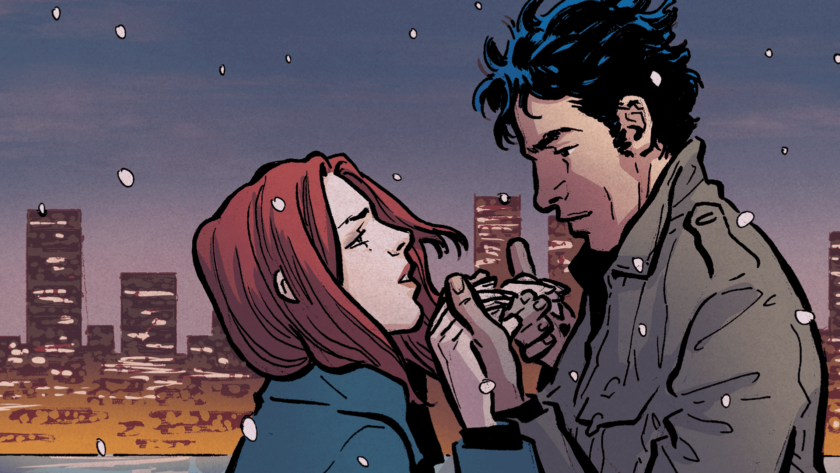
WEIGHT: 59 kg
Breast: 36
One HOUR:80$
Overnight: +70$
Sex services: Golden shower (out), Food Sex, Foot Worship, Mistress, Massage classic
T he title promises racy South Asia noir: what happened, who did it, and whether they got away with it. They receive no protection from the state as they go about their daily lives.
Through their lives we understand this city, one where criminals fight it out while people around them simply try to survive. This is a book about the after-effects of many crimes.

At the heart of the book are Safdar, Parveen, Siraj, Jannat and Zille, and their lives between and An ambulance driver, a crime reporter, a schoolteacher, a village woman, an NGO worker, they live in the poorer, more dangerous parts of the city, Lyari, Orangi, Kiamari, Landhi. Their voices dominate this book, and through them the reader slowly understands this bewildering, compelling and massive city.
International coverage of Pakistan tends to be skewed toward Islamic extremism and internal strife. A grim inevitability pervades such reporting—can things ever get better? Shackle neither laments nor resists such coverage, but she does wish to show how people endure despite it all, living their lives and loves, earning a living, getting through it. Despite the shocking violence and casual deaths that punctuate her narrative, it is shaped by a deep love for the urban poor, an appreciation of their lives in arduous circumstances.

Safdar the ambulance driver collects the dead from the criminal wars, while Zille, the reporter, interviews the mafia dons waging them. Parveen and Siraj try to steer communities away from crime and poverty. They become emblematic of the city itself. Like other mega-cities, Karachi is shaped by a furious struggle for resources. Its water is siphoned from public aquifers by criminal gangs. They sell it at prices only the wealthy can afford, while taps in poor neighborhoods run dry.


































